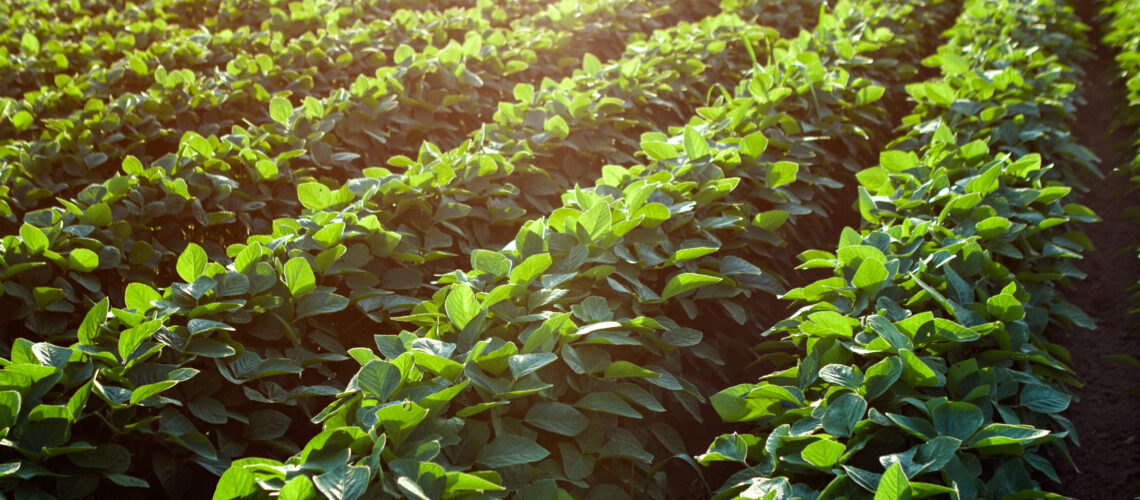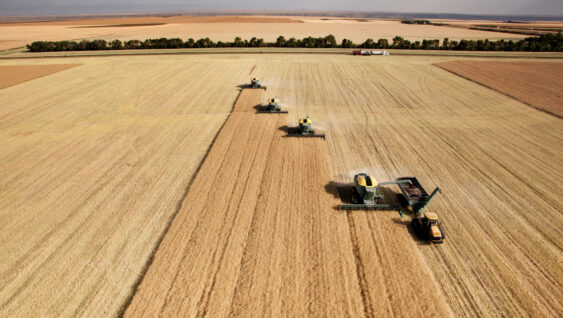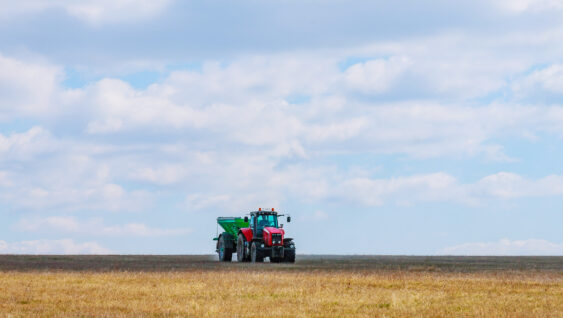Exploring 2x2x2 Fertilizer Banding: Key Tips & Insights

Q: I’ve heard a lot of discussion about 2X2X2 placement of fertilizer in bands. Is there anything I should know if I try this approach?
A: Banding is a good nutrient application method for two reasons: usually it means that fertilizer applications are made below the soil surface (not always the case though – surface banding of nitrogen as an example) decreasing the potential for loss via surface transport, and creating nutrient rich bands can slightly increase availability of the nutrient to the crop (not as much as is often reported).
Q: How should I adjust my rates for banding placement? Does this approach make sense as a way to improve yields?
A: Anytime we can place nutrients within the soil (specifically phosphorus and potassium), we decrease the potential for their loss. Thus, subsurface band application of fertilizer materials can be beneficial.
Q: Some of the high yield winners are using this approach. Are there any other considerations I should think about when banding fertilizer?
A: Creating nutrient rich zones may decrease soil fixation (important for phosphorus) leading to greater availability in the short-term. Historically, efficiency improvements were noted to be as high as 50% (so half as much fertilizer was required if banded), but more recent data has not shown similar effects (it is dependent upon soil test level). Something closer to 10 to 25% is more realistic. Do realize that long-term band applications will draw down soil test levels if they consistently occur at a level below crop removal.
Q: Does it matter how close I apply N,P,K to the furrow?
A: Care should be taken when making rate decisions for band applications, especially if the banding is occurring at or near planting time. The higher the nutrient application rate (just considering nitrogen and potassium), the further away the band should be from the seed furrow. The basic rule of thumb for 2×2 applications is to not exceed 80 to 100 pounds per acre (sum of nitrogen and potassium). The “safe” rate is related to soil texture. Heavier, fine textured soils can take higher rates, and coarser, sandier soils require lower rates.


